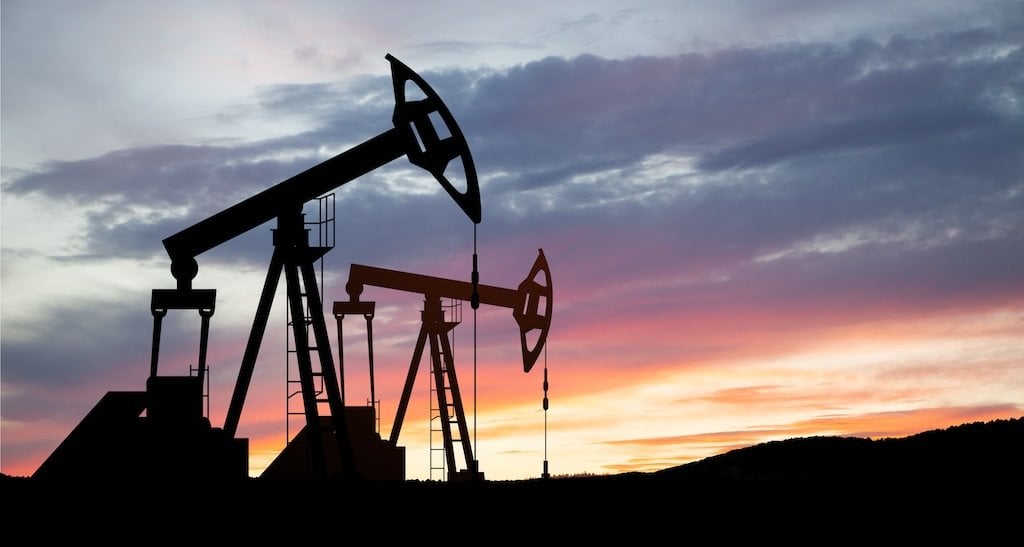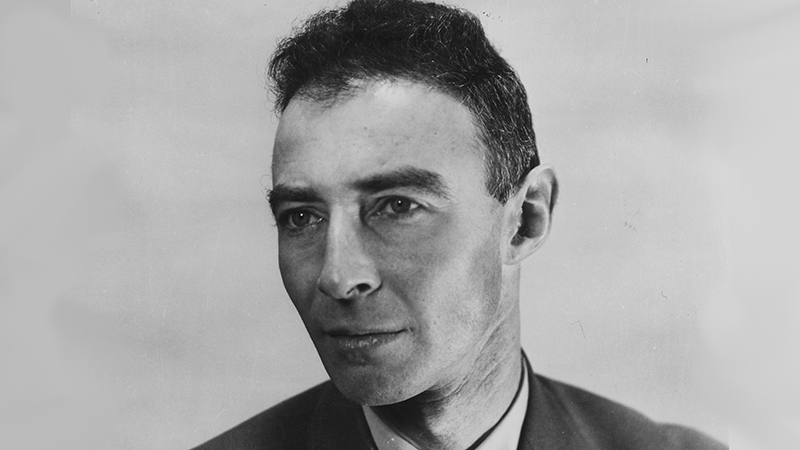In this 10-minute talk from Techonomy 2011 in Tuscon, Ariz., Fred Krupp, President of the Environmental Defense Fund, discusses how new techonoloy is helping to monitor and protect fisheries from over fishing. Data collection using video cameras and powerful software is helping local fisheries in Canada sustain their fish populations by calculating yearly fishing limits for fishermen.
Krupp: Now data collection is helping us in other ways. In our oceans, our fisheries are dramatically overfished. Seventy percent of our world’s fisheries have crashed or are seriously over-exploited. The old method of regulating fisheries was to just cut down the number of days that fishermen were allowed to fish. It didn’t work. The new method, catch-shares, though, holds great promise. Now, with catch-shares, a fisherman owns a share of the catch, just like owning stock in a company. Each year he can fish that percentage of the scientifically determined total allowable catch. As the fishery recovers, the total allowable catch increases, and so does the value of his catch-shares.
But this whole system depends on data. Big boats are mandated to have human observers on the boat monitoring the catch. But observers are very expensive to acquire and use, and they take up valuable space on a boat. So in British Columbia today, video cameras have been mounted on the boats and from different angles they record all of the fishing activity that’s going on. At the same time, GPS systems pinpoint exactly where in the ocean that boat is. In fact, sensors on the wenches record every time the nets are lowered into the water, and every time they’re raised. All of this data is put into a tamper-proof hard drive on the boat and then later sifted through by analysts using the latest data-mining software. This gives fishery managers a much clearer picture of what’s happening at sea so they can do a better job protecting the fish populations. That means more fish, and incidentally, the value of the catch-shares goes up.
Fred Krupp on Using Data and Tech to Prevent Overfishing
In this 10-minute talk from Techonomy 2011 in Tuscon, Ariz., Fred Krupp, President of the Environmental Defense Fund, discusses how new techonoloy is helping to monitor and protect fisheries from over fishing. Data collection using video cameras and powerful software is helping local fisheries in Canada sustain their fish populations by calculating yearly fishing limits for fishermen.














